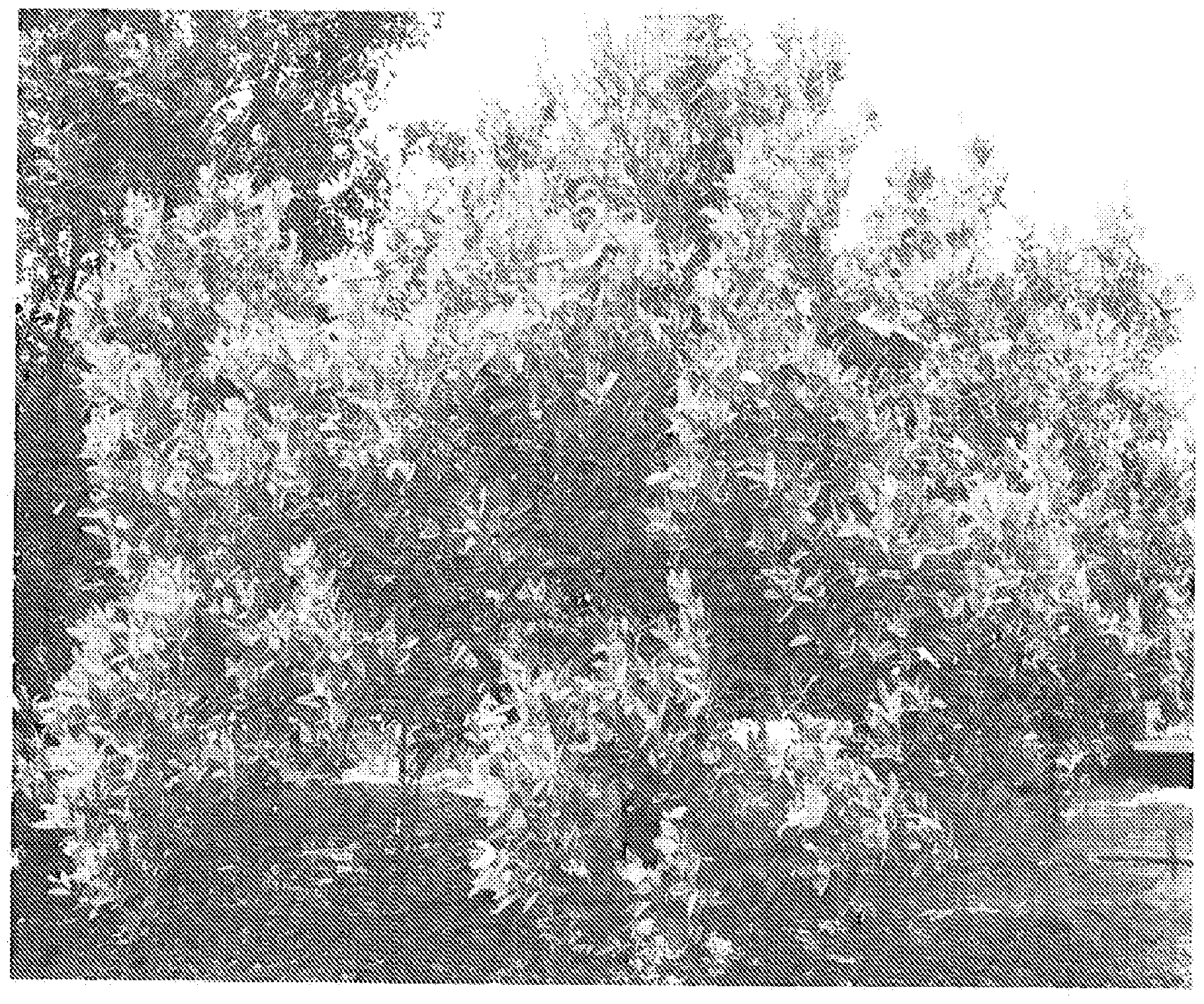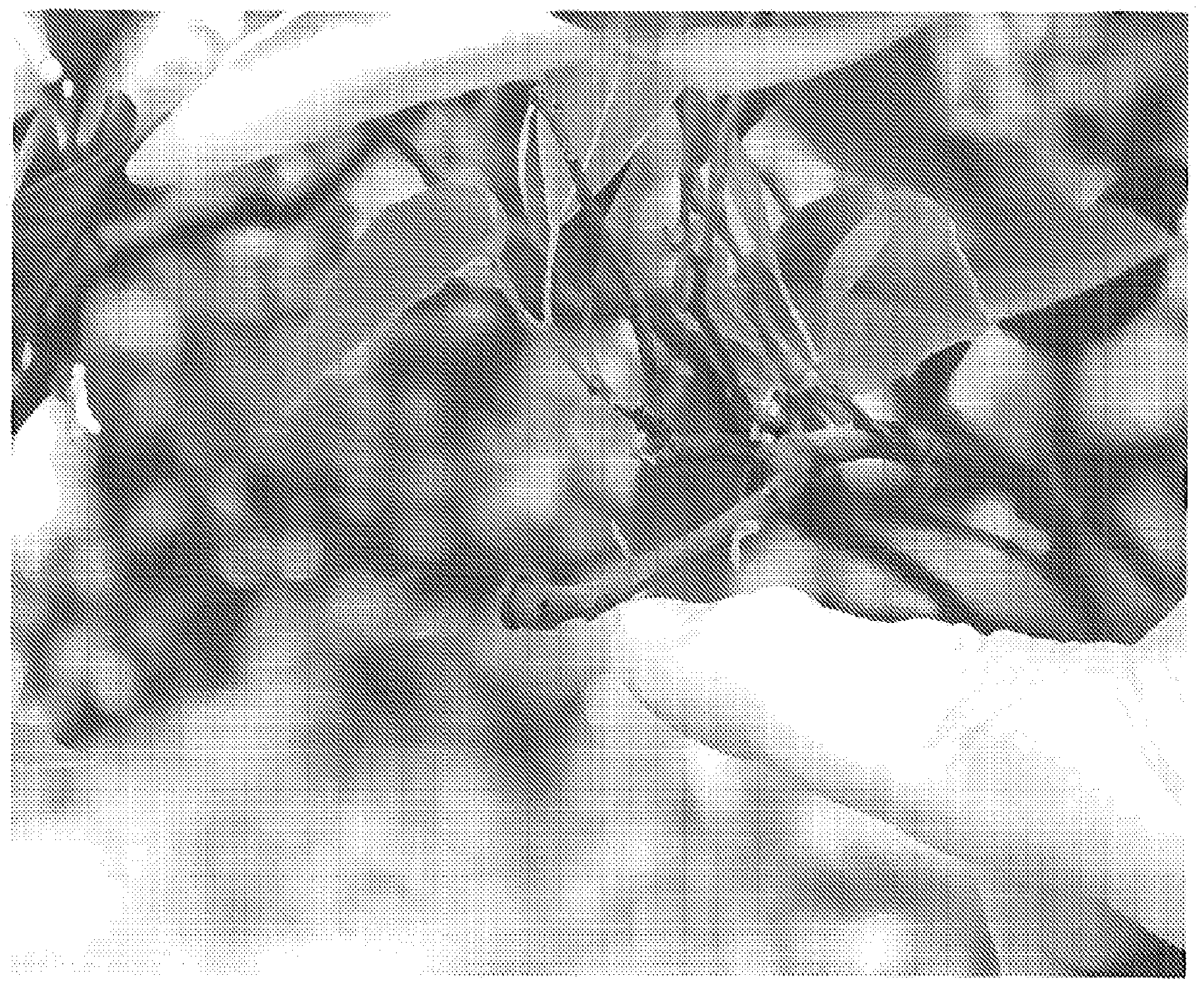Plant growth enhancing mixture
A plant growth and mixture technology, applied in plant growth regulators, pest control, chemicals for biological control, etc., can solve problems such as death, photosynthesis product clogging, and transfer decline
- Summary
- Abstract
- Description
- Claims
- Application Information
AI Technical Summary
Problems solved by technology
Method used
Image
Examples
Embodiment
[0047] The figures show several examples of the results of applying plant growth enhancing mixtures to citrus trees and plants. E.g, figure 1 and 2 Orange trees before and after foliar trehalose application are shown, respectively. exist figure 1 and 2 In the example shown, an aqueous solution was prepared by mixing trehalose with water at a concentration of 1 gram of trehalose per gallon of water. Thereafter, the aqueous solution was applied to the foliage of the citrus trees at a rate of 100 gallons per acre. figure 2 Trees are shown at 4 months after a single treatment with aqueous solution. image 3New leaves formed even on visibly dead shoots are shown 4 months after treatment. Figure 4 Shown is a magnified view of new leaves growing on visibly dead branches 4 months after treatment of a tree heavily infected with citrus greening disease. Similarly, Figure 5 The same tree is shown 3 months after a single application with an aqueous solution, while the tree is...
PUM
 Login to View More
Login to View More Abstract
Description
Claims
Application Information
 Login to View More
Login to View More - R&D Engineer
- R&D Manager
- IP Professional
- Industry Leading Data Capabilities
- Powerful AI technology
- Patent DNA Extraction
Browse by: Latest US Patents, China's latest patents, Technical Efficacy Thesaurus, Application Domain, Technology Topic, Popular Technical Reports.
© 2024 PatSnap. All rights reserved.Legal|Privacy policy|Modern Slavery Act Transparency Statement|Sitemap|About US| Contact US: help@patsnap.com










